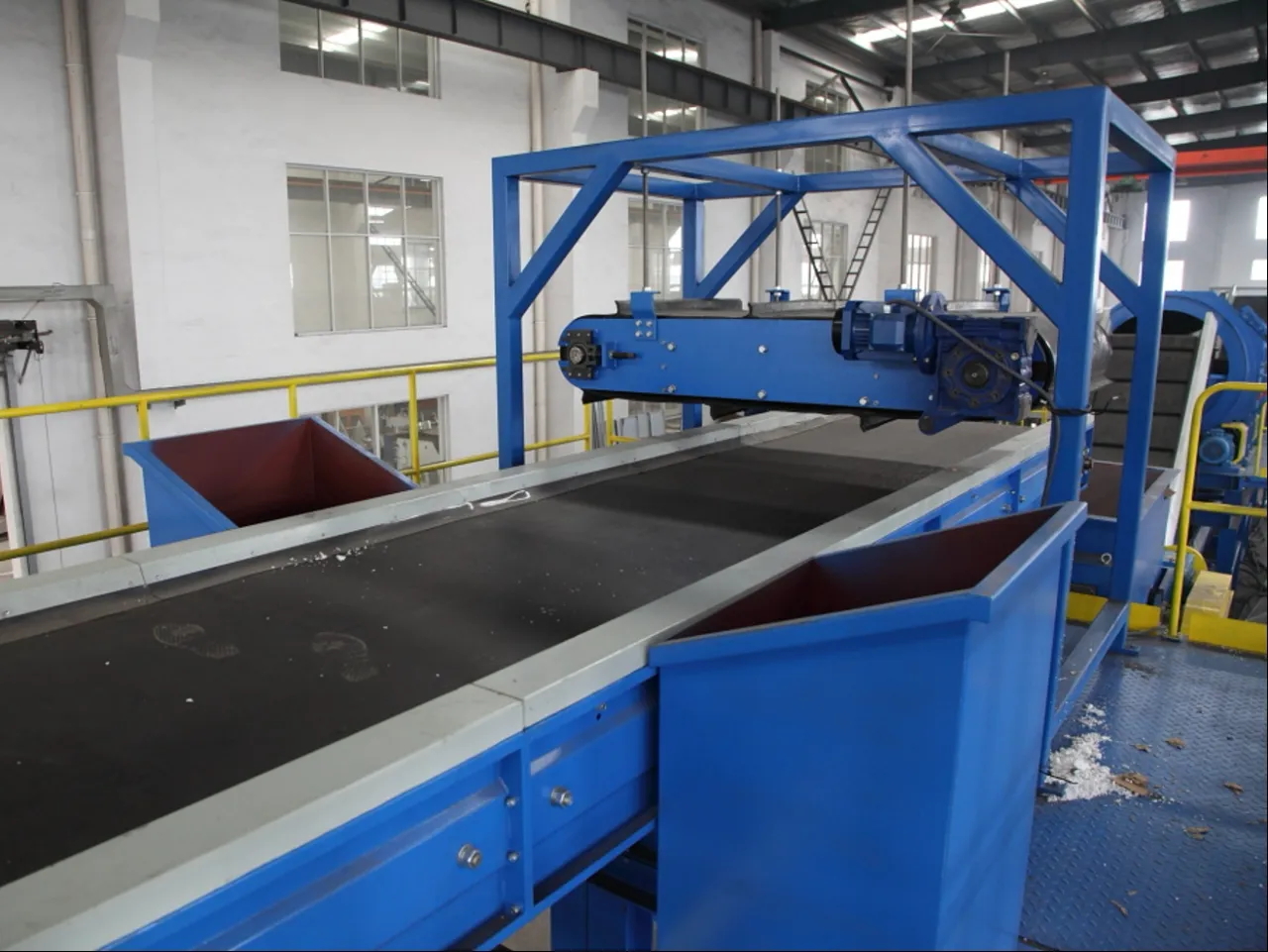Magnetic separators are essential devices employed across various industries, notably in recycling and mining, designed to extract magnetic materials from mixtures of non-magnetic substances. Their role is critical in material purification and sorting, substantially advancing resource recovery and recycling efforts.
Driftsprincip
These separators function by generating a magnetic field that attracts ferrous metals within a material mixture. As the mixture traverses the magnetic field, magnetic particles are drawn out, effectively separating them from non-magnetic materials. The efficiency of this process depends on the magnetic susceptibility of the materials and the strength of the magnetic field.
Types of Magnetic Separators
- Overband Magnetic Separators: Positioned above conveyor belts to eliminate large ferrous contaminants.
- Drum Magnets: Utilize a rotating drum with a magnetic core to separate ferrous substances.
- Magnetic Pulleys: Installed at the end of conveyor belts, functioning as head pulleys to provide continuous magnetic separation.
- Eddy Current Separators: Employ magnetic fields to separate non-ferrous metals through induced eddy currents.
Key Applications
- Waste Management and Recycling: Efficiently separates ferrous metals from municipal solid waste, enhancing recycling operations.
- Mining and Quarrying: Facilitates the extraction of iron ores and purification of non-metallic minerals such as quartz.
- Food Industry: Ensures product safety by removing metallic contaminants from food items.
- Fremstilling: Purifies raw materials and safeguards machinery from metallic debris.
Fordele
- Efficient Separation: Capable of processing substantial material volumes to effectively separate ferrous metals.
- Cost-Effective: Reduces processing durations and enhances the value of recycled materials.
- Equipment Protection: Prevents machinery damage by extracting metal contaminants.
- Miljømæssig bæredygtighed: Significantly diminishes landfill usage by promoting recycling initiatives.
Maintenance and Operational Considerations
To sustain optimal performance, regular maintenance is imperative. This includes monitoring the magnetic field strength, cleaning magnetic surfaces, and ensuring the proper functioning of mechanical components. Operational factors to consider encompass the strategic placement of the separator, conveyor belt speed, and material layer depth.
Konklusion
Magnetic separators are vital to contemporary recycling and waste management operations. Their proficiency in sorting and extracting ferrous materials from diverse mixtures renders them indispensable for achieving superior purity in recycled products and bolstering environmental sustainability. With ongoing technological advancements, these separators are poised to become even more efficient and integral to material recovery processes.
Inquiries
For further information on magnetic separators and their applications, please contact us.



